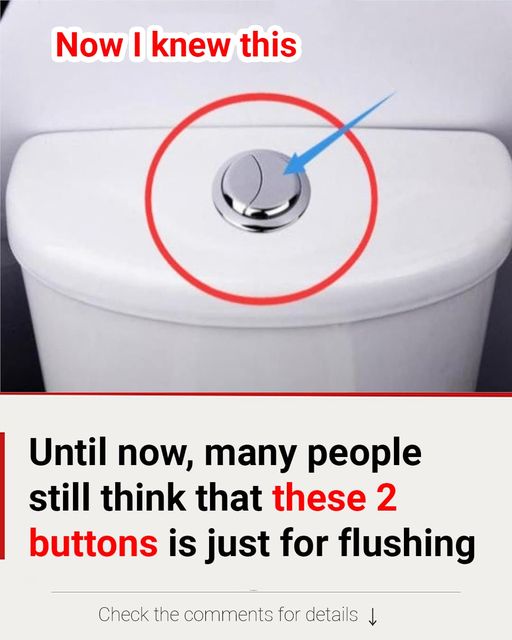Dual flush toilets are now a common feature in modern bathrooms, yet many people still don’t fully understand their purpose. Most users assume that the two buttons simply provide different ways to flush waste. However, these buttons are part of an advanced water-saving system that does more than just clear the toilet bowl. Let’s explore how dual flush toilets work, why they’re important, and how they contribute to both environmental sustainability and cost savings.

How Dual Flush Toilets Work
Dual flush toilets are designed to use different amounts of water based on the type of waste being flushed. These toilets have two buttons: a larger one for solid waste and a smaller one for liquid waste. When the larger button is pressed, the toilet releases about 6-9 liters of water, effectively flushing solid waste. The smaller button, on the other hand, uses only 3-4.5 liters, which is enough to clear liquid waste.
This clever design lets users choose the right amount of water needed for each flush, making it much more efficient than traditional toilets that use the same amount of water regardless of waste type. By selecting the appropriate button, users can significantly reduce water usage.
Benefits of Water Conservation
The primary benefit of dual flush toilets is their ability to conserve a substantial amount of water compared to traditional single-flush toilets. Standard toilets typically use 9-12 liters of water per flush, regardless of whether they’re flushing liquid or solid waste. In households with multiple occupants, this results in a large amount of unnecessary water consumption.
Dual flush toilets, on the other hand, can help save up to 20,000 liters of water per year in a typical household. This is not only beneficial for the environment but also leads to lower water bills. For homeowners focused on reducing costs and supporting sustainability, dual flush toilets are an effective solution.
Environmental and Financial Impact
While the initial cost of installing a dual flush toilet might be higher than that of a traditional model, the long-term savings can be significant. Because dual flush toilets use less water, they result in lower utility bills over time, often offsetting the higher upfront cost. This makes them an attractive option for eco-conscious homeowners who want to lower both their water consumption and monthly expenses.
Additionally, using less water helps ease the strain on local water supplies and wastewater systems. This is especially crucial in regions that frequently face droughts or water shortages. As awareness about water conservation grows, dual flush toilets have become a central part of promoting sustainable living.
The History of the Dual Flush System
The concept of the dual flush toilet was developed by Victor Papanek, an industrial designer focused on creating sustainable solutions. His aim was to minimize water waste by offering two flushing options suited to different types of waste. The dual flush system was first introduced in Australia in 1980, a country known for its proactive approach to water conservation due to frequent droughts and limited water resources.
Following its success in Australia, the dual flush system was adopted in other parts of the world, including Europe and North America. As water conservation became a global priority, more homes and public facilities began using dual flush toilets as a standard feature.
Why Confusion Still Exists
Despite their clear benefits, many users don’t fully understand how to use dual flush toilets correctly. Without proper instructions, people often default to pressing the larger button, even for liquid waste. This habit reduces the system’s water-saving potential.
To maximize water conservation, it’s essential to educate users about how dual flush toilets work. Simple steps, like adding labels near the buttons or providing instructions in public restrooms, can help raise awareness and encourage correct usage. These small efforts can make dual flush systems more effective and promote sustainable living practices.
Conclusion: A Simple Solution for Big Savings
Dual flush toilets are more than just modern fixtures—they are a practical solution for reducing water waste. By understanding how these toilets function and using the right button for each type of waste, individuals can make a significant impact on water conservation. Although the installation cost may be higher, the long-term savings and environmental benefits make dual flush toilets a smart investment.
As more people recognize the importance of sustainable living, dual flush toilets offer an easy yet impactful step toward a greener future. So, the next time you see two buttons on a toilet, remember: they’re not just for flushing—they’re for conserving water, protecting the environment, and making a positive change, one flush at a time.





